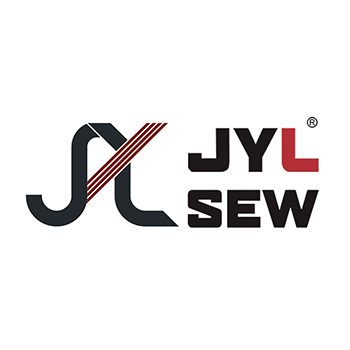Sewing machine refers to the use of sutures (single, double or multiple) and machine needles to sew sewing materials (two or more layers of clothing, Leather Sewing Machine, paper, etc.), or to sew decorative threads on the sewing materials trace of the machine. For domestic, industrial and service use.
After the Industrial Revolution in the 18th century, the textile industry realized mechanized large-scale production, and the output of textiles increased sharply, which put forward an urgent requirement for the mechanization of sewing. We have Sewing Machine For Beginners on sale, you can check our website.
In 1790, St. Thomas, a British joiner, invented the world's first single-thread chain stitch hand sewing machine for punching holes, then threading, and sewing leather shoes. But its inventive design was not discovered until 1873. In 1841, French tailor B. Timonier invented and manufactured a chain stitch sewing machine with hooks and needles, which was used in a military uniform factory in Paris, but was destroyed by hand sewing workers. In 1845, with external financial support, he opened the world's first sewing machine factory and produced a sewing machine that could sew 200 stitches per minute. From 1832 to 1834, American mechanical worker W. Hunter invented the world's first lock stitch sewing machine that used two sutures and a horizontally swinging shuttle, and the needle tip with a threading hole, but he did not manufacture or apply for a patent
- Home
- About us
- Product
- Hat Sewing Machine
- Industrial Flat Sewing Machine
- Eyelet Sewing Machines
- Eyelet Punching Machine
- Hat Stitching Machine
- Curved Edge Sewing Machine
- Hat Brim Sewing Machine
- Automatic Sewing Machine
- Automatic Velcro Sewing Machine
- Semi-automatic Sewing Machine
- Adjustable Buckle Fixing Machine
- Elastic Cutting Sewing Machine
- Velcro Welding Machine
- Hot Air Seam Sealing Machine
- Ultrasonic Sewing Machine
- Ultrasonic Holes Punching Machine
- Button Wrapping Machines
- Double Needle Flat Sewing Machine
- Shoes Sewing Machine
- Electronic Bartack Machine
- Double Needle Sewing Machine
- Punching Sewing Machine
- Computer Pattern Sewing Machine
- Shoe Ribbon Sewing Machine(Thread)
- Herringbone Rotary Sewing Machine
- Heringbone Rotary Sewing Machine(Thread)
- Cyclic Displacement Pattern Sewing Machine
- Heelpieces Automatic Sewing Machine
- Jeans Sewing Machine
- Garments Sewing Machine
- Special Industrial Machine
- Hat Sewing Machine
- Case
- News
- Contact us



